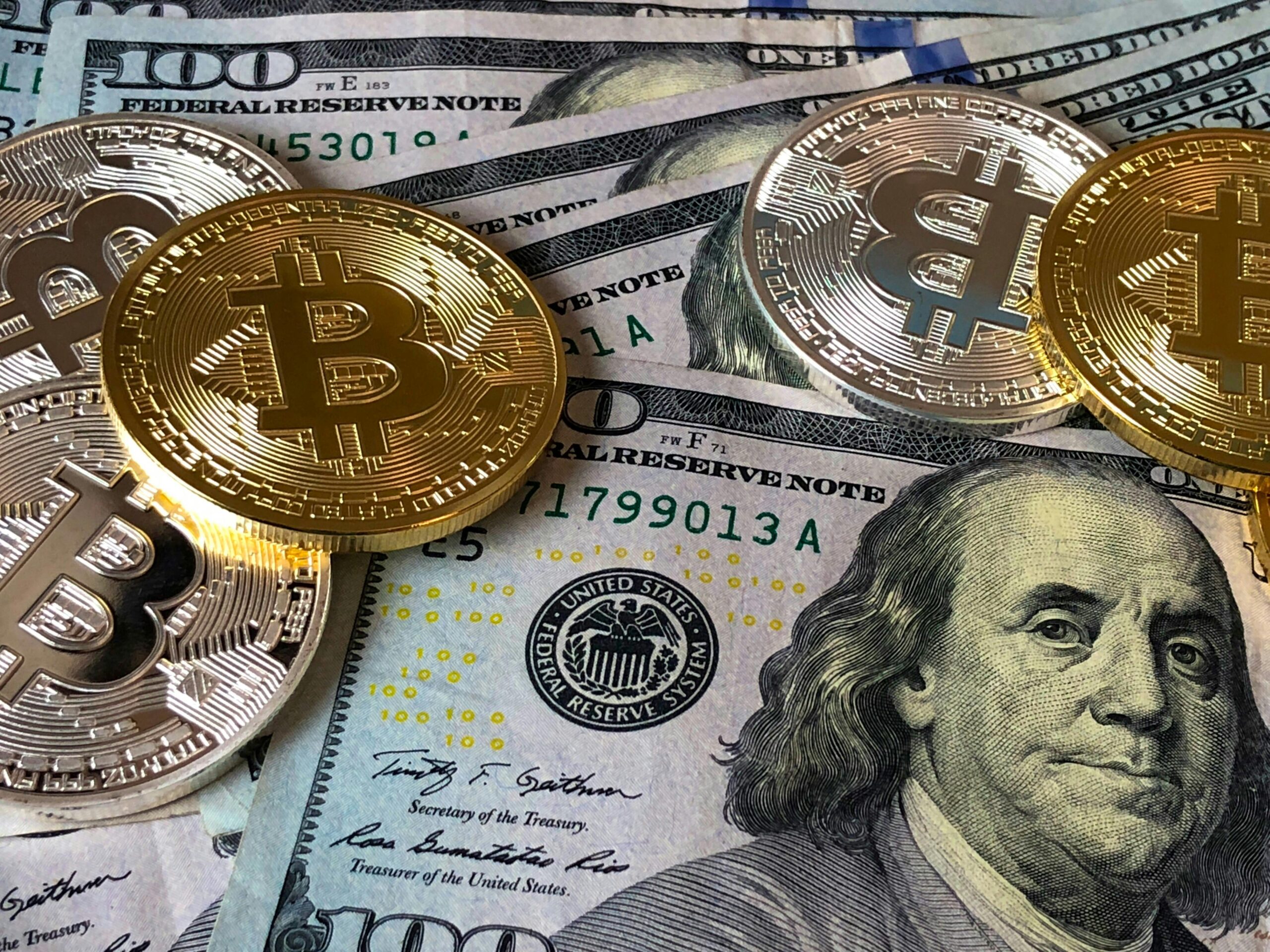
From Dollar Dominance to Monetary Balance: Gold Returns to the Forefront as the Global Financial System Faces a Fundamental Shift
Amid growing economic and political instability, the U.S. dollar is gradually losing the aura it has held since the end of World War II. Inflationary pressures, unchecked public spending, and politically motivated economic decisions—often at odds with conventional logic—have pushed the dollar to a critical crossroads. Meanwhile, gold is reclaiming its status, not just as a speculative asset, but as a strategic store of value and a pillar of financial sovereignty for nations.
A Crisis of Confidence, Not Supply
The rise in gold prices today is not primarily due to scarcity or market volatility, but because the dollar itself is losing purchasing power. Investors no longer assess the dollar solely based on its exchange strength, but rather on its ability to preserve value amid erratic monetary policies. This has led to a surge in gold purchases by central banks in countries such as China, India, and members of the BRICS, while the dollar’s share of global foreign exchange reserves has dropped from 65% to below 50%.
From Volcker to Trump: The Decline of Fiscal Discipline
During the 1980s, U.S. Federal Reserve Chairman Paul Volcker, supported by “Reaganomics,” helped shape a model of sound economic governance that reinforced America’s status as a global economic superpower. Today, the picture is markedly different: public debt is soaring at an alarming rate, the debt ceiling is repeatedly raised, and economic policymaking has taken on a short-term, populist character.
Political calls for a “weaker dollar,” along with massive monetary easing and liquidity injections, have eroded international confidence in the U.S. currency. As institutional investors lose faith, they seek safer alternatives—foremost among them, gold.
The Fed’s Independence Under Pressure
Despite mounting political pressure, Federal Reserve Chairman Jerome Powell has maintained a relatively independent stance, favoring careful analysis of the economic impact of trade tariffs before making major decisions on interest rates. This cautious approach reflects the complexity of stabilizing prices in a shaky economy, even as it underscores the magnitude of challenges facing the Fed.
Developing Countries: Between Fragility and Opportunity
Developing nations are particularly vulnerable to these shifts, as their economies often depend heavily on the dollar for trade and external debt servicing. The dollar’s volatility and depreciation raise import costs and complicate domestic monetary policy. Yet within this fragility lies opportunity: diversifying reserves, strengthening ties with emerging economic powers like China and India, and joining regional trade blocs can help buffer these nations against financial turbulence.
Digital Currencies Enter the Arena
This shift is not limited to gold and the dollar—it also includes the rise of digital currencies, particularly central bank digital currencies (CBDCs). With China launching its digital yuan and other countries like India, Brazil, and those in the EU following suit, the global financial system is increasingly embracing technological alternatives.
These currencies aim to reduce reliance on the dollar, improve transparency, and grant nations more control over monetary flows. But they also raise critical questions around privacy, cybersecurity, and the evolving role of traditional banks.
From Undisputed Currency to Hard Assets
The global financial system is undergoing a profound repositioning. The dollar is no longer the untouchable symbol of economic dominance, gold is no longer just a traditional hedge, and digital currencies are moving from the fringes to the mainstream. Central banks are no longer relying solely on conventional tools, but are actively redesigning their strategies and reserves.
This shift is not tactical or temporary—it is strategic, long-term, and poised to reshape the global monetary balance for decades to come.
Toward a Multipolar Monetary World
We are witnessing the end of the era defined by the rules of Bretton Woods, and the beginning of a new chapter defined by monetary multipolarity. The future of the global economy will no longer be written in Washington alone—it will be co-authored by Beijing, New Delhi, Brasília, the Gulf states, and emerging markets gaining growing investor confidence.
The rise of gold, the decline of the dollar, and the ascent of digital currencies are clear signs that the world is entering a new financial era—one where the notions of sovereignty, dominance, and trust are being rewritten.













Post Comment